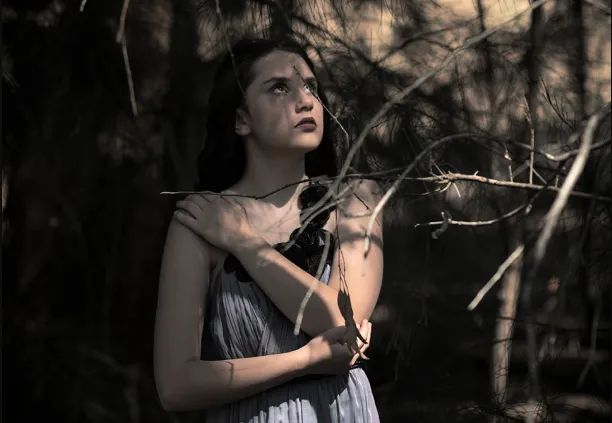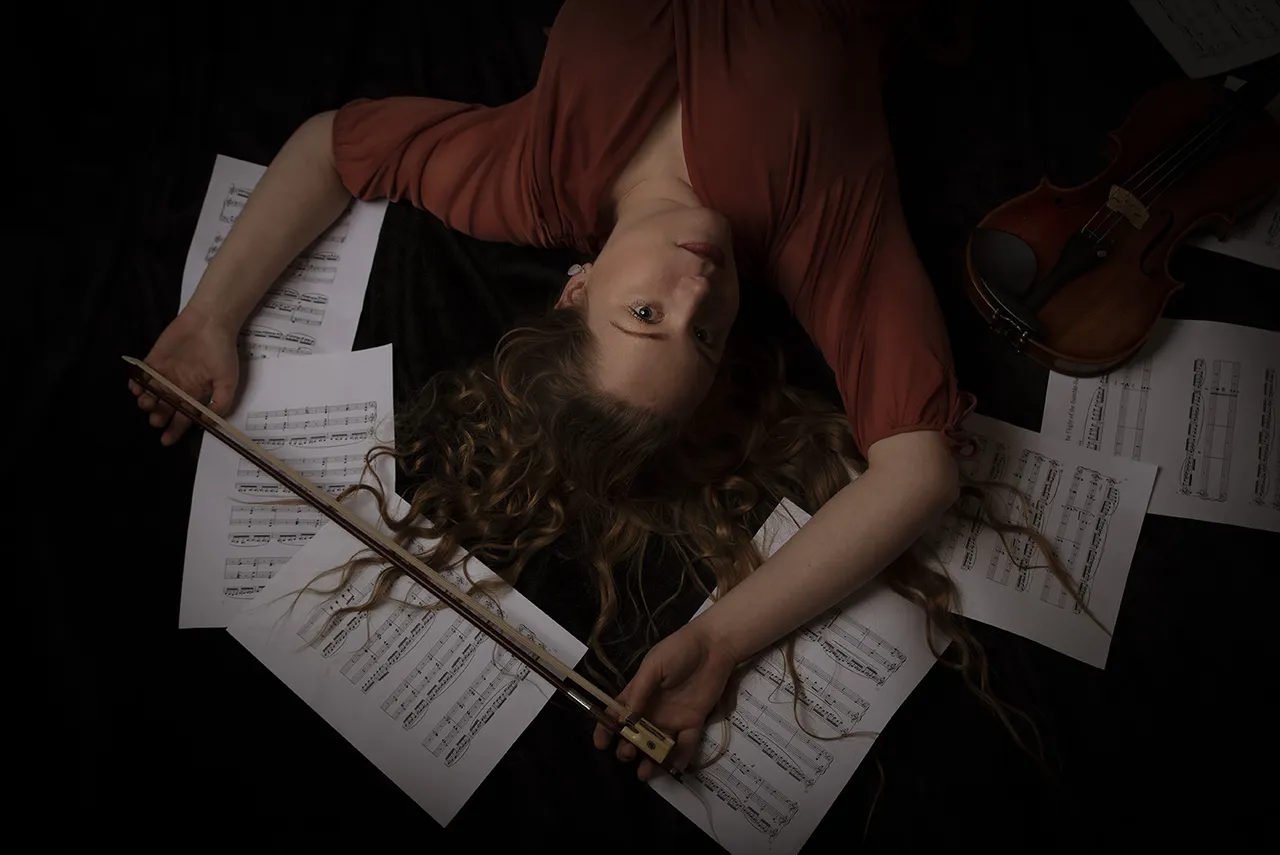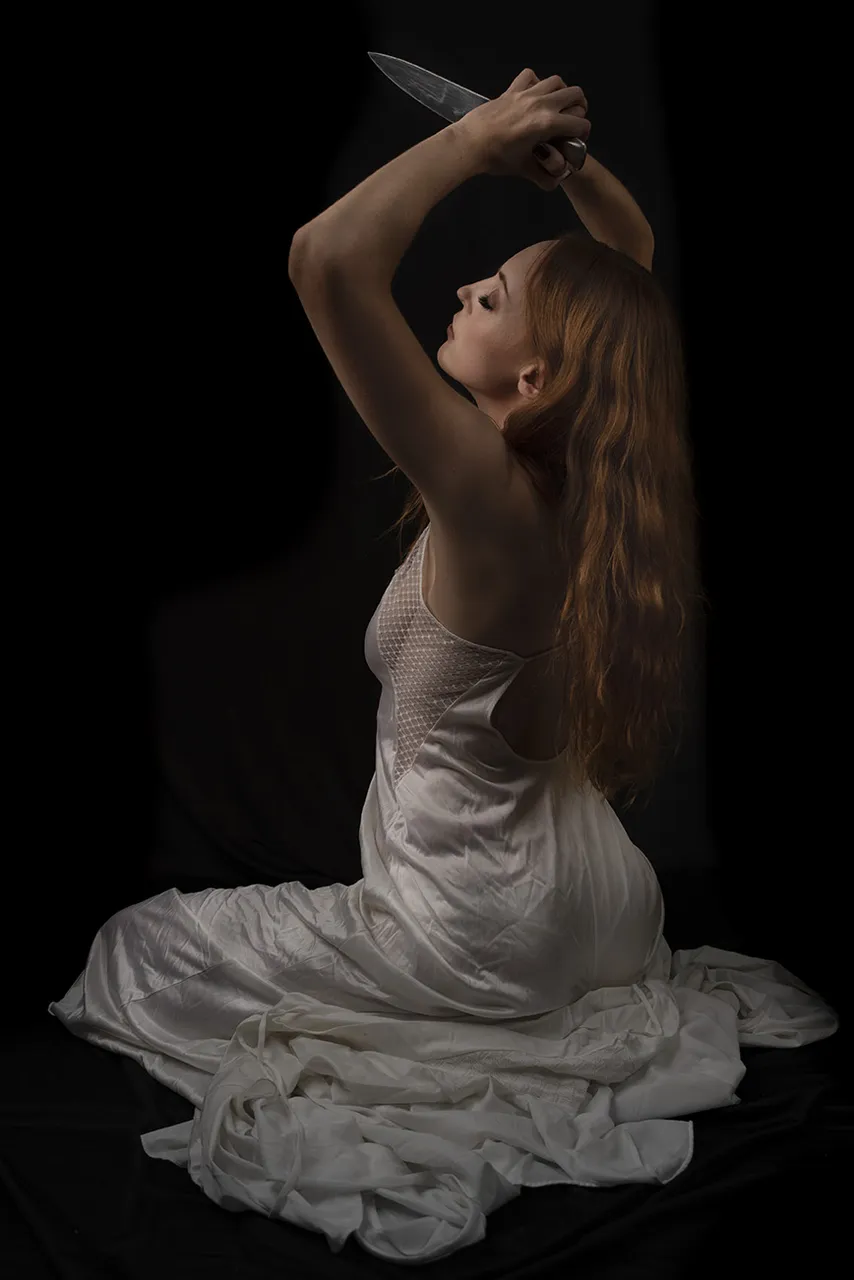As an avid photographer, an artist, and a technical sort of person, I see the same conversations unfold every single day in the various photography communities that I am a member of - "What camera should I buy? What settings did you use? What software can I use to edit?"

Link to Kelsey's instagram, picture by me
People focus on gear, technique, and the way in which that gear could be used to achieve outcomes.
Rarely do I see a conversation about "This image is a fleeting moment, captured." I see people's landscapes, I see portraiture or promo work, but rarely do I see what I would class as photographic art.
To me, these sorts of conceptual images are thought provoking, narrative images that have been created with intention, not something created by impulse. There's lots of photographers here on Hive that work in this way - the excellent work of many names that tells a story, is filled with detail, and go beyond the mere competency of the medium.Yes, it's okay to achieve a correct exposure, or a flawless retouch - but where's the soul? Where's the image that tells me a story, allows me to interpret light, colour, pose, composition, and other symbolic references through the combination of your intent to tell a story or make a statement?
To me, fine art photography, portraits, candid images, and photojournalism (aka the documentary style) of photography are a rich tapestry of narrative - allowing me to deeply engage with the thing the photographer was attempting to communicate.
Some images are more successful than others.
More people need to read the likes of Roland Barthes, Walter Benjamin, and Susan Sontag. It isn't about watching a dozen YouTube videos about how to "do" photography, then going off and snapping off a few dozen shots in the hopes you'll get something that will get some thumbs up.
Be deliberate with your work. Figure out what you're trying to say, otherwise your photographic images will say nothing at all. Plan your composition. Know what it will look like at a given focal length. Master the basics, sure - but as you proceed along this journey, know that the image has a powerful ability to communicate across the borders of language, time, and space.
When the work is complete, don't forget you can present the work in different ways. Re-contextualise it. Present it as a triptych or diptych. Hang it upside down, and see what it looks like. Experiment with the presentation as much as you fiddle with the dials and knobs on the surface of the camera.

Link to Rose's Instagram, picture by me
Use this to your advantage. Look at work that inspires you, that you aspire to, and figure out how to reproduce it on a technical level, but more importantly, allow this to inform and influence your own creative style.
You will create work that is your own - no matter what you do. That work could be one of several things - a well exposed, boring shot of something, or an image that tells a story that captivates a global audience.
All images in this post are photographs that I've taken.

